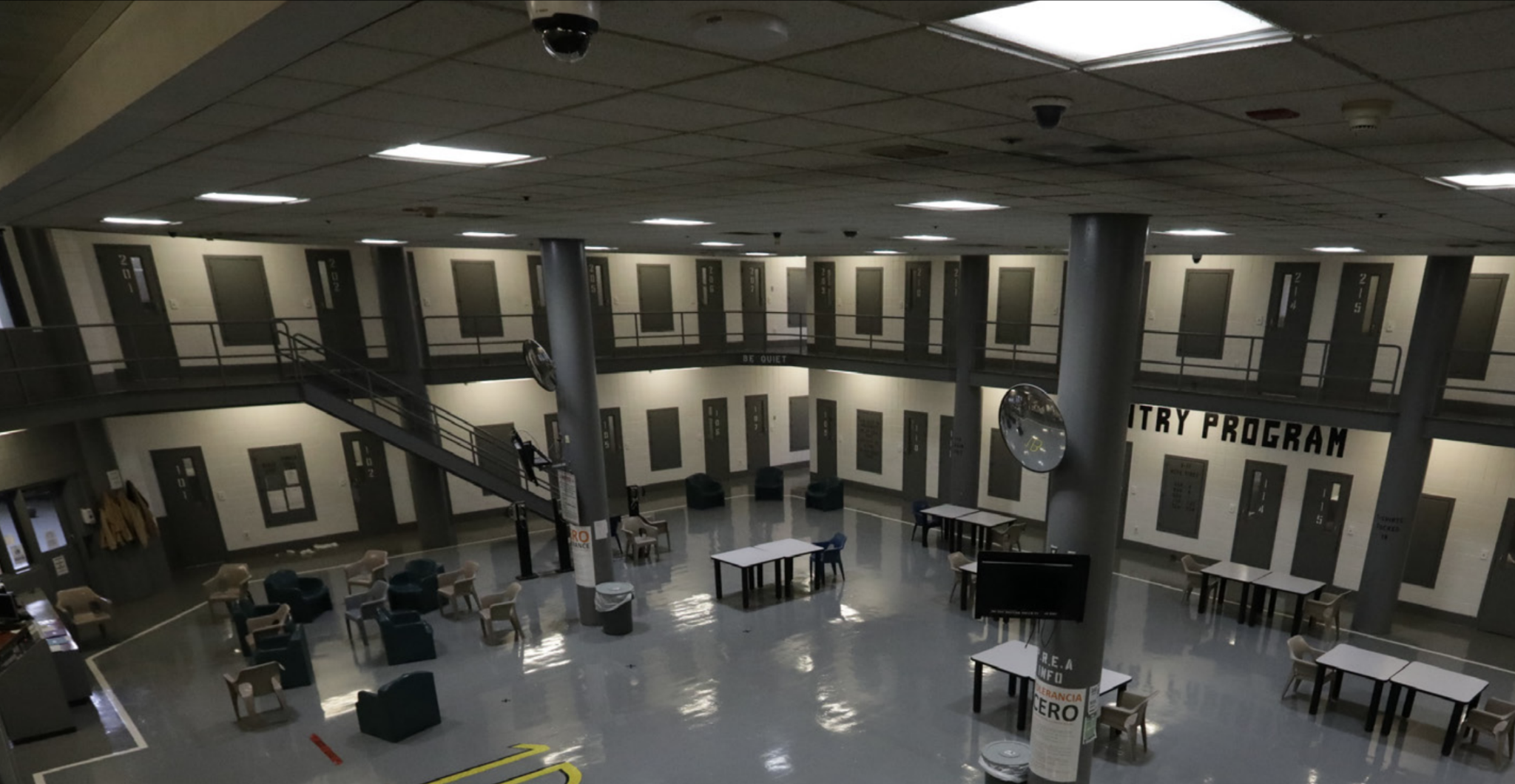Jerome Maynor, 71-year-old Black man with opioid use disorder (OUD), was prescribed methadone. His medication was working for him and he was stably employed. Suddenly, parole infraction got him thrown back in jail. Allegheny County Jail refused him access to his medication. What followed—forced withdrawal—was agony for Maynor.
Now, an initiative by the Pennsylvania Institutional Law Project and global health organization Vital Strategies aims to help people like Maynor who are incarcerated across Pennsylvania to access their medications.
“We’re in a moment of extreme urgency,” Kate Boulton, senior legal technical advisor at Vital Strategies, told Filter. “The magnitude of this [overdose] crisis is unprecedented. Medication needs to be available to everyone—including those who are incarcerated.”
The initiative will provide legal support and assistance for incarcerated people. It will also launch a network of academics, medical professionals, teachers, ministers, activists and outreach workers to support efforts to improve access to medications for opioid use disorder for people incarcerated in Pennsylvania—like funding from the government and litigation. And it will conduct research on the current state of treatment in carceral facilities, especially county jails.
“[OUD is] not a crime,” said Adrienne Abner, attorney for the Pennsylvania Institutional Law Project, a legal aid organization that works to advance the civil rights of people who are detained in prisons and jails. However, “the typical response [to OUD] is to punish,” said Su Ming Yeh, the Project’s executive director. “There needs to be a treatment-focused mindset rather than a punishment-focused one.”
Nationally, one in five people held in carceral facilities are there on drug-related charges. Methadone and buprenorphine are gold-standard medications for opioid use disorder. Yet research shows that less than 5 percent of incarcerated people with OUD receive either, and in 2017 fewer than 30 jails and prisons across the country offered them.
Symptoms of forced withdrawal can include tremors, diarrhea, nausea, pain, difficulty eating and sleeping, an inability to focus and feelings of impending doom. And lack of access has even graver consequences—in the two weeks immediately following release, incarcerated people have been shown to be 129 times more likely to die from overdose than the general population.
“When you’re on this medication, and then forced to withdraw, it decreases your tolerance level,” Yeh told Filter. “When you’re back in the street, and tolerance is low, and you use heroin again, then you can overdose and die.”
One key aim of the initiative is to shed light on the disproportionate impact of the opioid-involved overdose crisis on communities of color in Pennsylvania, which face the state’s highest rates of arrest and conviction.
“There’s correlation between substance use disorder, systemic racism and injustice and incarceration,” Yeh said. “These three things are tied together, and there’s a disproportionate impact on people of color.”
Photograph of Allegheny County Jail via Western District of Pennsylvania





Show Comments